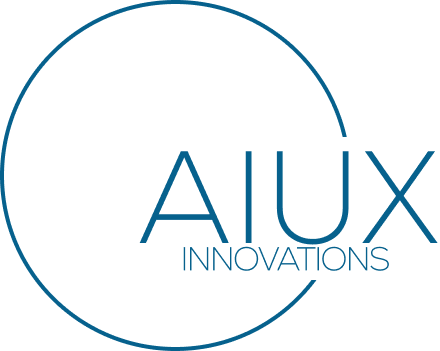When UX Lived on Desktops Spotify Before smartphones became the default, most software was designed for desktop environments. Think of heavy, feature-packed programs: spreadsheets, word processors, CRMs. The desktop era was powerful but often bloated. It favored completeness over simplicity. When UX Moved to the Palm of Your Hand The mobile-first revolution flipped those...
Continue readingUX’ing an Old Problem Into Something New: The Stakeholder Stamp
The Reality We Don’t Talk About Enough Spotify Every designer has seen it: apps, sites, and software so poorly designed that it feels like no one cared about the end user. But most of the time, the design team did care. The problem isn’t always the designer; it’s the stakeholder stamp. That’s the moment...
Continue readingAI Isn’t Taking UX Jobs — It’s Making Us Better at Them
The Fear: AI as a Threat to UX Careers Spotify Everywhere you look, the narrative is the same: AI is coming for jobs. Designers, writers, developers, no one feels immune. In UX, that fear often takes the shape of “AI will automate design, so what will I do?” It’s an understandable anxiety. Tools that...
Continue readingUX’ing an Old Problem Into Something New: Airline Rebooking
The Old Problem: A Broken System in Moments of Stress Spotify Air travel has always carried a degree of unpredictability — weather, crew timing, mechanical issues, and cascading delays. While airlines have made huge investments in planes and loyalty programs, the rebooking experience hasn’t kept pace. When a flight is canceled or delayed, passengers...
Continue readingUX’ing an Old Problem Into Something New: Paying Medical Bills
Spotify Few experiences frustrate patients more than receiving a medical bill. Confusing codes, multiple statements from different providers, unclear insurance adjustments, and unexpected balances create stress that lingers long after the visit. What should be a simple transaction too often feels like deciphering a puzzle. The Old Problem: Confusion and Complexity Patients face a...
Continue readingUX’ing an Old Problem Into Something New: Public Transit
Spotify Public transit is meant to make cities more connected and accessible, yet for decades, it has carried a reputation of being unreliable, confusing, and inconvenient. The frustration of missed buses, unclear routes, and unpredictable delays creates a daily struggle for riders who depend on it every day. What should be a service of...
Continue readingUX’ing an Old Problem Into Something New: Parking
Spotify Parking has always been one of the most universal frustrations in daily life. Whether you are driving into a city, heading to work, or arriving at an event, the process of finding a spot is often stressful, time-consuming, and unfair. For decades, people have circled blocks, fought for spaces, guessed at pricing, and...
Continue readingUX’ing an Old Problem Into Something New: Prescription Refills
Spotify Managing prescriptions is one of the most repetitive and critical routines in healthcare. Yet, for decades, it has remained plagued by inefficiencies, including phone calls, pickup delays, and insurance surprises that create unnecessary stress for patients. What should be a seamless process often feels like an obstacle course, and the consequences of missed...
Continue readingUX’ing an Old Problem Into Something New: Retail Returns
Spotify Retail has always been about the thrill of discovery, finding the right product, making the purchase, and enjoying it. But when that product doesn’t fit, breaks expectations, or isn’t what you wanted, the excitement quickly fades. The return process, for decades, has been the Achilles’ heel of retail. The Old Problem: Friction and...
Continue readingUX’ing an Old Problem Into Something New: Hotel Check-In
Spotify Checking into a hotel is the start of a great experience. Yet for decades, the process has been weighed down by lines at the front desk, repetitive questions, and a stack of forms to sign before you can even put your bag down. What should feel like an arrival often feels like a...
Continue reading